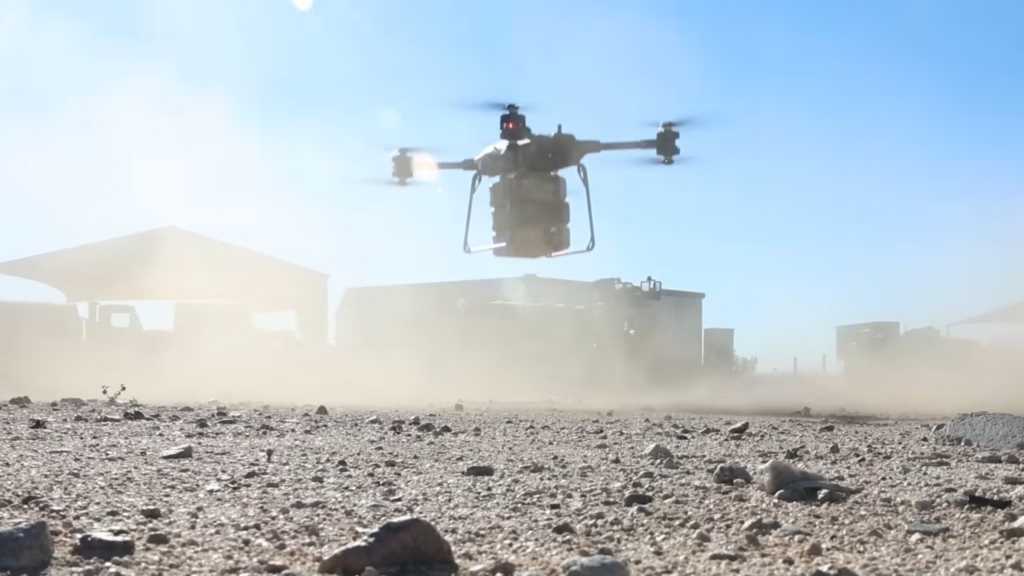
If you’ve been following the world of drones, you know how quickly things have been evolving. They’ve gone from futuristic curiosities to essential tools in both military missions and everyday civilian life. Now DARPA wants to push that evolution even further. Through its Tactical Technology Office, the agency has launched the Lift Challenge, a US$6.5-million competition designed to take small drone capability to levels we’ve never seen before.
Why Drone Lifting Power Matters
Drones have already proven how useful they can be. They’re small, they’re nimble, and they can slip into places that traditional aircraft simply can’t reach. Yet even with all those advantages, small drones still run into a major limitation. They usually can’t carry payloads heavier than their own weight. A one to one payload to weight ratio might sound impressive, especially since many full sized aircraft only manage one to three, but for small drones it’s still not enough.
DARPA believes it’s time to seriously raise the bar. The agency wants drones that can lift four times their own weight, a leap that would completely transform how these compact aircraft are used. Instead of just scouting or carrying light equipment, they could haul real cargo, support disaster response, or even take on missions that today require much larger aircraft.
The Ambitious Goal Behind the Challenge
To prove that this leap in performance is not only possible but achievable soon, DARPA is turning to innovators around the world. The Lift Challenge sets a clear and demanding target. Competitors must create a drone that weighs under 55 pounds and follows FAA rules. This drone must lift 110 pounds of payload, and DARPA will supply cast-iron gym plates to keep everything consistent across teams.
Once airborne, the drone has to hold a steady cruising altitude of 350 feet, give or take 50 feet. It will then fly a five nautical mile course. After four nautical miles, it must hover and gently place its cargo in a designated zone without dropping it. With the delivery complete, it has to fly one more mile and finish with a vertical landing inside a tight ten foot circle. Completing the full course is what counts, and if two drones tie, speed decides the winner. Teams that fall short of the four to one lift ratio can still earn a prize, though the amount is cut in half.
What’s at Stake for the Winners
DARPA is putting real money on the line to encourage bold ideas. The top three competitors will walk away with millions, and the agency has carved out additional prizes for designs that truly break new ground. Whether it’s a groundbreaking aerodynamic shape, a completely new kind of powertrain, or a design that shows huge future potential, DARPA wants to highlight creativity just as much as performance.
Why DARPA Is Opening the Doors Wide
According to Phillip Smith, the program manager for the Lift Challenge, the decision to make the competition open and flexible was intentional. He explains that DARPA knows great ideas don’t always come from expected places. This challenge is about far more than just building a better unmanned aircraft. It’s also about strengthening America’s technological edge, inspiring innovation across the defense industry, and encouraging people from all backgrounds to tackle one of the biggest engineering puzzles in drone development.
Looking Ahead to 2026
If you’re thinking about entering, registration opens in January 2026 and runs through May. DARPA is clearly hoping that the next wave of breakthrough drone technology is waiting in someone’s workshop, garage, or lab. With stakes this high and goals this bold, the Lift Challenge could end up reshaping what drones are capable of for decades to come.
Source: DARPA

